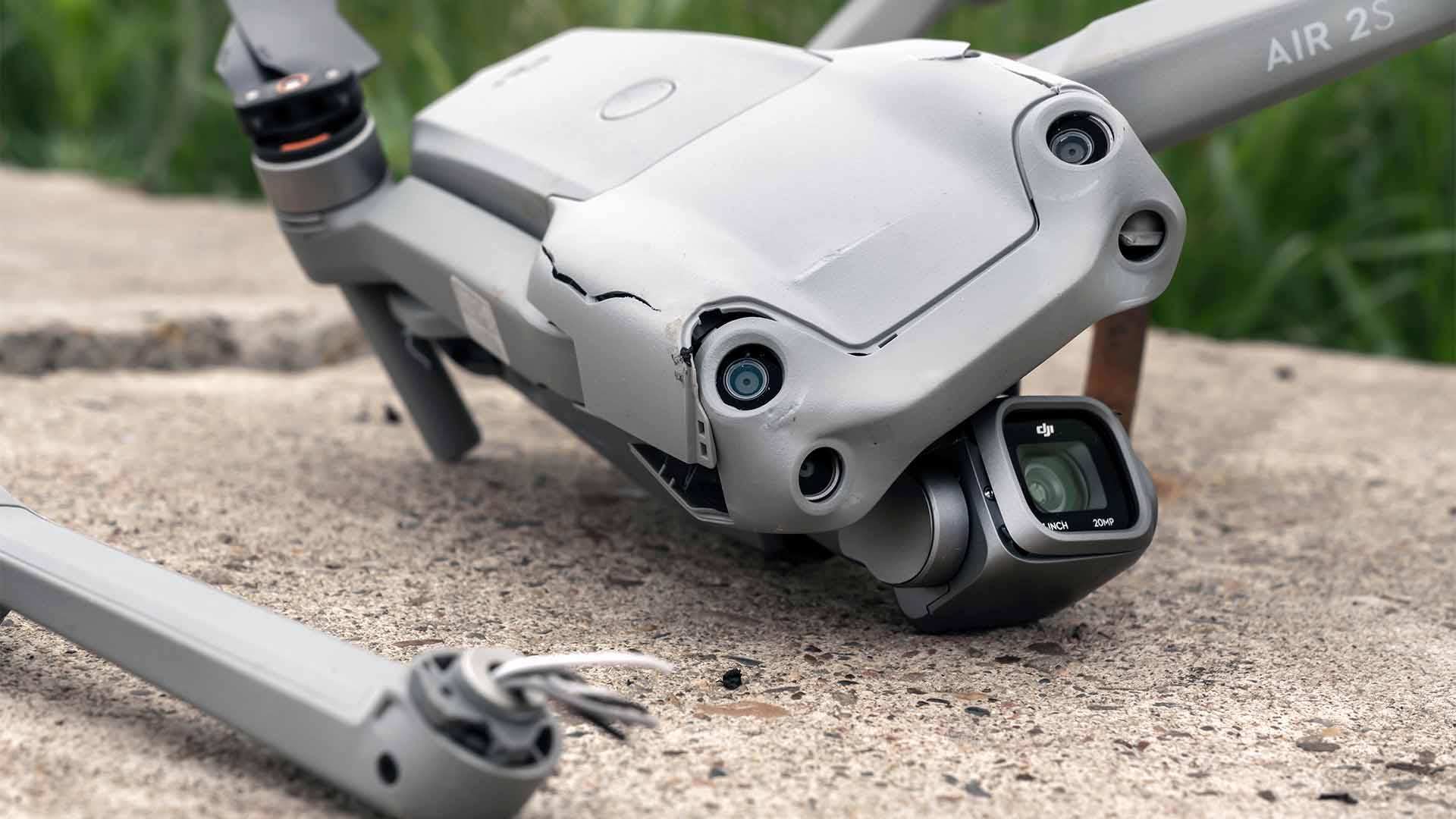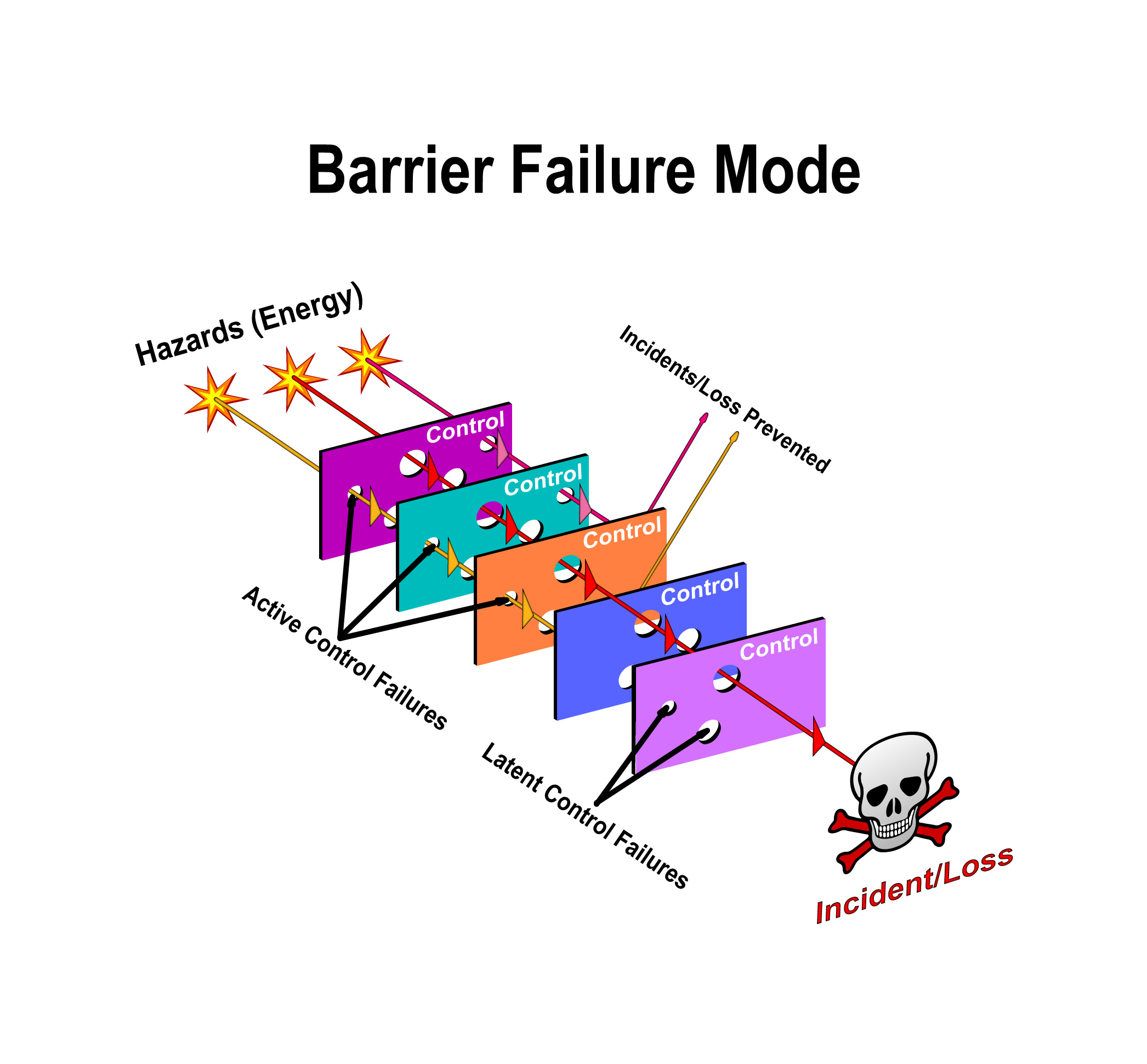Read Time 10 mins
05/05/2023

Introduction
The Swiss cheese model, a concept that has become increasingly popular in the world of safety and risk management, serves as an effective way to understand the importance of multiple layers of defence to prevent accidents. Developed by James Reason, this model illustrates how various barriers and safeguards can help mitigate the risk of human error and system failures. In this blog post, we will explore the Swiss cheese model's origin and concept, as well as its application to professional drone flying, highlighting its significance in promoting safety within the industry.
Understanding the Swiss Cheese Model
Origin and concept
The Swiss cheese model was developed by James Reason, a renowned psychologist and expert in human error and systems safety. His work emphasizes the necessity of multiple layers of defence in reducing the risk of accidents and incidents in complex systems.
Layers of defences, barriers and safeguards
The model is based on the idea that various layers of defence exist within a system, each represented as a slice of Swiss cheese. These layers may include policies, procedures, training and technology, all working together to prevent accidents. The holes in each slice represent potential weaknesses or failures within each layer of defence.
The holes in the cheese
Human error is an inevitable part of any system and the Swiss cheese model acknowledges this reality. The holes in the cheese slices signify that no layer of defence is perfect or impenetrable.
The concept of latent conditions and active failures
The Swiss cheese model differentiates between latent conditions and active failures. Latent conditions are hidden weaknesses within a system that can contribute to an accident, while active failures are specific actions or errors that directly cause an incident. By identifying and addressing both latent conditions and active failures, organizations can improve their overall safety and reduce the risk of accidents.

Real-World Examples of Swiss Cheese Model in Drone Flying
Case studies of drone accidents and incidents
- Analysis of contributing factors: Examining real-world drone accidents and incidents can provide valuable insights into the factors that contribute to their occurrence. Common factors may include equipment failure, human error, lack of proper training, or inadequate operational procedures.
- How the Swiss Cheese Model could have prevented the accidents: By analysing these case studies, it becomes clear how implementing the Swiss Cheese Model could have mitigated or even prevented the accidents. For example, a drone accident caused by equipment failure could have been avoided if proper maintenance and inspection were carried out, or if an automatic fail-safe system was in place.
Success stories
- Organisations that have successfully implemented the Swiss Cheese Model: Several professional drone operators and organisations have successfully adopted the Swiss Cheese Model to enhance safety in their operations. By implementing multiple layers of defence, these organisations have reduced the risk of accidents and created a safer working environment for their pilots and crews.
- Lessons learned and best practices: Success stories from organisations that have effectively applied the Swiss Cheese Model offer valuable lessons and best practices that others can adopt. Key takeaways may include the importance of regular training, the value of robust operational procedures, the role of technology in mitigating human error and the need for open communication among all stakeholders involved in drone operations.
A Real World Example
A drone experienced a critical loss of battery power during flight, leading to a loss of control and near free fall, ultimately impacting an occupied private boat on a river. The pilot failed to replace the aircraft's batteries when intended and likely did not perform a pre-flight battery voltage check. Furthermore, the low voltage battery warning was set below the manufacturer's recommended threshold.
The pilot was very experienced. In the context of a just culture, the analysis of the drone accident example is not meant to criticise or blame the pilot but rather to foster learning and improvement. A just culture encourages open and transparent discussions of incidents and accidents without fear of retribution, focusing on understanding the contributing factors and addressing systemic issues. By examining the events leading to this accident, stakeholders can identify areas for improvement and implement necessary changes, such as enhancing pre-flight checks, adhering to manufacturer guidelines and promoting better communication among team members. This approach ultimately contributes to a safer environment for everyone involved in drone operations and mitigates the risk of future accidents.
Applying the Swiss Cheese Model to a drone accident described in an AAIB Bulletin reveals several layers of defence that, if implemented properly, could have prevented the incident. In this case, the holes in the Swiss cheese slices aligned, resulting in the accident. Let's analyse the contributing factors and how the Swiss Cheese Model applies:
Risk assessment and mitigations
The operator's risk assessment identified that a loss of battery power in flight could result in a catastrophic outcome. However, the classification was reduced when mitigations were applied, such as checking the battery voltage before take-off. The mitigation measures represent one layer of defence in the Swiss Cheese Model.
Pre-flight battery check
The pilot could not recall performing the pre-flight battery voltage check. This represents a hole in the defence layer. Ensuring proper pre-flight checks are conducted could have prevented the accident.
Pilot fatigue and distraction
The pilot mentioned possible fatigue and the pressure to film as many races as possible as factors that may have contributed to the accident. Addressing fatigue and distractions is another layer of defence in the Swiss Cheese Model.
Manufacturer's guidance and battery voltage monitoring
The pilot's decision to take off when the battery voltage was less than 48 V contradicted the manufacturer's guidance. In addition, the ground crew and camera operator were not briefed on the acceptable voltage level and the operator changed the low voltage battery warning threshold to 42 V. Adhering to the manufacturer's guidelines and proper communication among team members represent additional layers of defence.
In conclusion, the Swiss Cheese Model demonstrates that multiple layers of defence failed in this accident. Properly implementing and reinforcing these layers, such as following the manufacturer's guidance, conducting pre-flight checks, addressing pilot fatigue and maintaining clear communication among team members, could have prevented the accident.
Overcoming Challenges in Implementing the Swiss Cheese Model
Resistance to change
- The importance of creating a safety culture: One challenge in implementing the Swiss Cheese Model is overcoming resistance to change within an organization. Creating a strong safety culture that values continuous improvement and prioritizes safety over other concerns can help facilitate the acceptance of new safety measures and procedures.
- Promoting awareness and understanding of the model: Ensuring that all stakeholders, including drone pilots, ground crews and management, have a clear understanding of the Swiss Cheese Model and its benefits is crucial for successful implementation. Providing training and resources to promote awareness of the model can help overcome resistance and encourage buy-in from all parties.
Resource allocation
- Balancing costs with safety benefits: Implementing the Swiss Cheese Model requires investment in training, technology and process improvements. Organisations must balance these costs with the potential safety benefits to determine the best approach to resource allocation.
- Identifying areas of greatest risk and focusing resources accordingly: By conducting risk assessments and analysing past incidents, organisations can identify areas of greatest risk and focus their resources on the most critical layers of defence. This targeted approach can help ensure that investments in safety improvements yield the greatest impact.
Conclusion
Applying the Swiss Cheese Model to professional drone flying is essential for enhancing safety and reducing the risk of accidents in this rapidly growing industry. By understanding the model's principles and taking a proactive approach to implementing multiple layers of defence, organisations can greatly improve their overall safety performance. We encourage all drone operators and stakeholders to assess their current practices and consider how the Swiss Cheese Model can be integrated into their operations to create a safer environment for everyone involved.